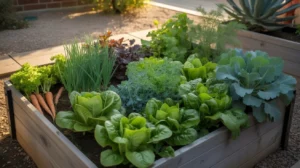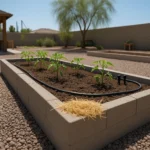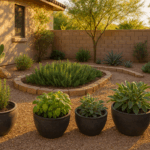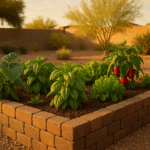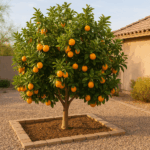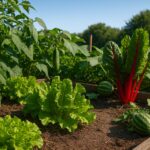As the mild days of March arrive in the Southeast Valley, it’s the perfect time to get your garden ready for a bountiful harvest of cool-season vegetables and spring greens. With a little soil preparation and the right amendments, you can enjoy fresh salads and sautés straight from your backyard in Gilbert, Chandler, Queen Creek, or Mesa.
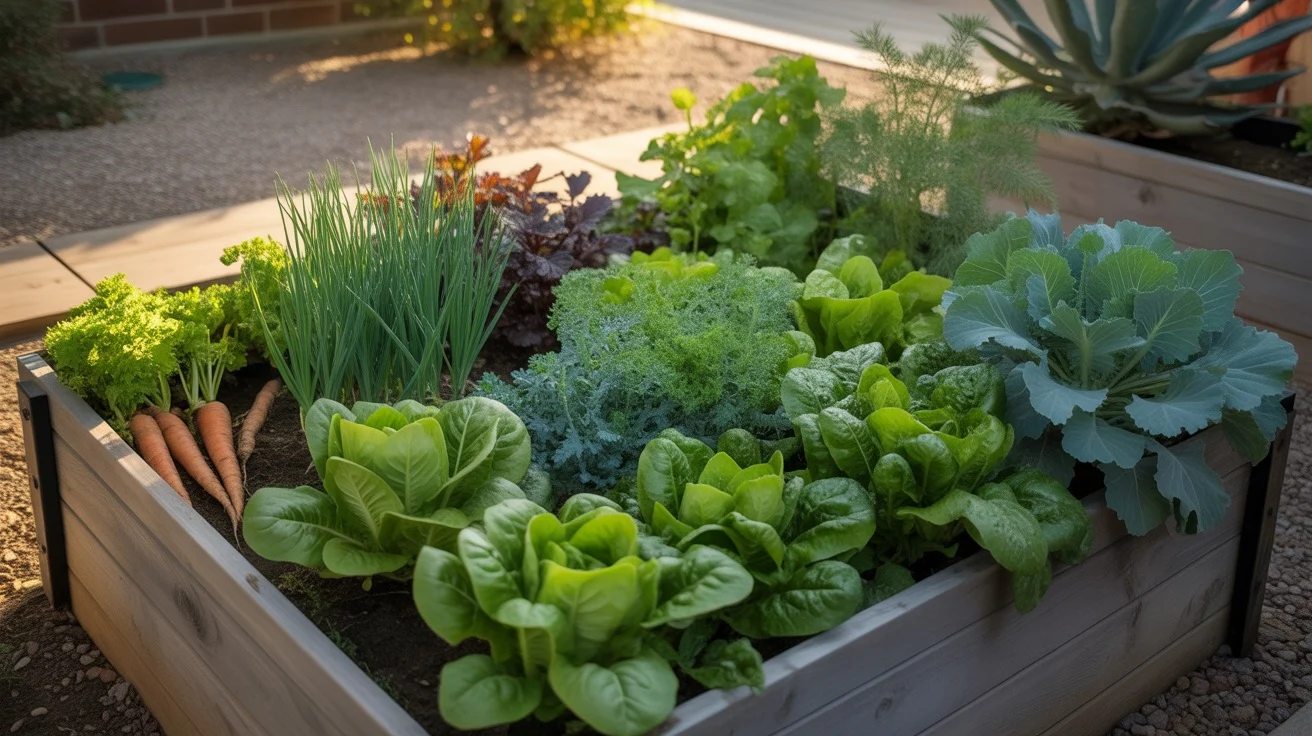
Assess Your Soil Health
Before diving into planting, take a moment to evaluate the current state of your garden soil. Healthy soil is the foundation of a thriving vegetable garden. Look for signs of compaction, poor drainage, or a lack of organic matter. Sandy soils, common in the Southeast Valley, can benefit greatly from the addition of compost or well-aged manure to improve moisture retention and nutrient availability.
Consider conducting a simple soil test to determine the pH level and nutrient profile of your garden beds. Most cool-season vegetables prefer a slightly acidic to neutral soil pH, ranging from 6.0 to 7.0. If your soil is too alkaline, you can amend it with sulfur or peat moss to lower the pH gradually over time.
Incorporate Organic Matter
One of the best ways to improve soil structure, fertility, and water-holding capacity is by incorporating organic matter. Compost, well-aged manure, or leaf mold can work wonders in Southeast Valley gardens. These amendments help sandy soils retain moisture and nutrients while also improving drainage in heavy clay soils.
Spread a generous 2 to 4-inch layer of organic matter over your garden beds and gently work it into the top 6 to 8 inches of soil using a garden fork or tiller. Be careful not to over-till, as this can damage soil structure and disrupt beneficial microorganisms. Aim for a crumbly, loamy texture that allows roots to penetrate easily.
“In the Southeast Valley, adding organic matter is key to building healthy, productive soil for cool-season veggies. Compost and aged manure improve soil structure, increase water retention, and provide a slow-release of nutrients throughout the growing season.” – Marcus Wynn, Horticulturist
Balance Nutrients with Amendments
While organic matter provides a wide range of nutrients, sometimes specific amendments are needed to optimize soil fertility for cool-season crops. Nitrogen is particularly important for leafy greens like spinach, kale, and lettuce. Blood meal or feather meal can give these plants a boost.
For root crops like carrots, beets, and radishes, phosphorus is essential for healthy development. Bone meal or rock phosphate can help ensure adequate phosphorus levels in your soil. Be sure to follow package instructions and avoid over-applying amendments, as excess nutrients can lead to imbalances and even harm plants.
Mulch for Moisture Retention
As temperatures begin to rise in the Southeast Valley, maintaining consistent soil moisture becomes increasingly important for cool-season vegetables. Apply a layer of organic mulch, such as straw, shredded leaves, or grass clippings, around your plants to help retain moisture and regulate soil temperature.
Mulching also helps suppress weed growth, reducing competition for water and nutrients. As the mulch breaks down over time, it contributes to the organic matter in your soil, further improving its structure and fertility. Just be sure to keep mulch a few inches away from plant stems to prevent rot.
With a little extra attention to your soil health, you can create the perfect environment for cool-season vegetables and spring greens to thrive in your Southeast Valley garden. Enjoy the satisfaction of harvesting fresh, homegrown produce and the vibrant flavors of the season.

